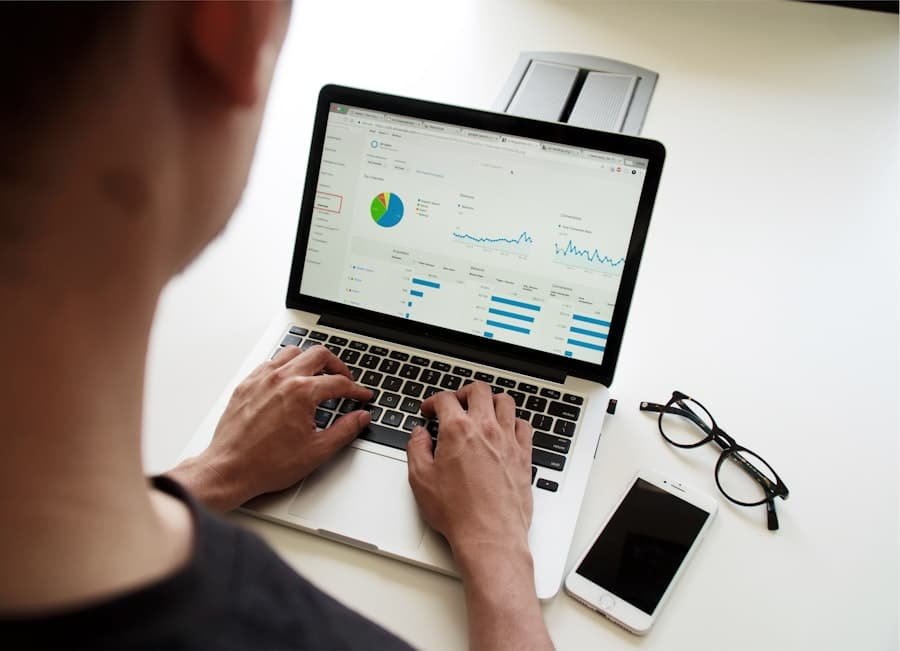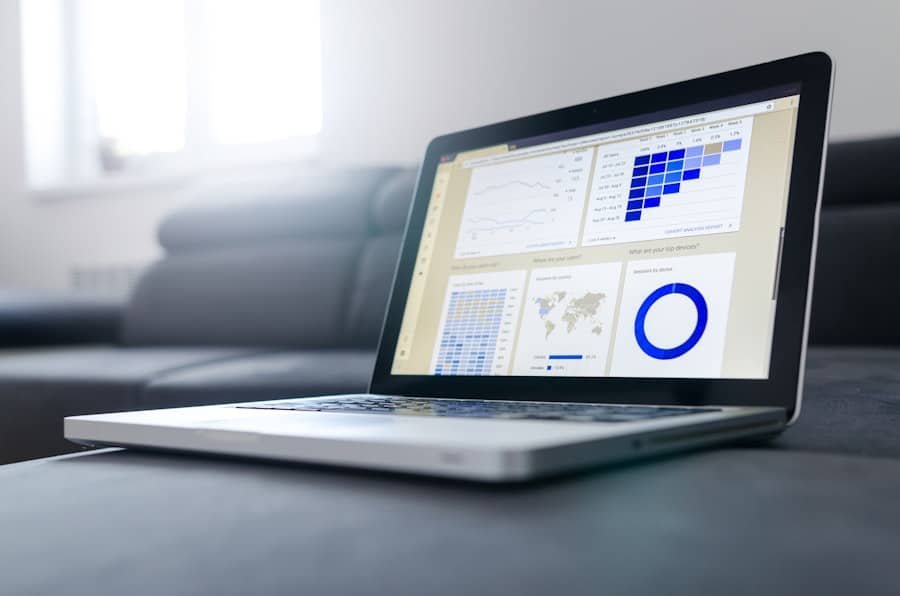Business cycles are recurring patterns of economic expansion and contraction that occur over time. These cycles consist of four distinct phases: expansion, peak, contraction, and trough. Studying business cycles is crucial for assessing the overall economic health and making informed decisions regarding policy and investments.
Economists employ various economic indicators to monitor and forecast these cycles, which aids businesses and governments in preparing for economic changes. Business cycles are an inherent feature of all economies and can be influenced by multiple factors, including shifts in consumer spending, investment patterns, government policies, and international trade dynamics. Comprehending these cycles enables businesses to anticipate fluctuations in demand for their products and services, while also assisting policymakers in making decisions about interest rates, fiscal policies, and other economic interventions.
By analyzing business cycles, economists can gain valuable insights into the underlying causes of economic fluctuations and develop strategies to mitigate their impact on the economy.
Key Takeaways
- Business cycles are the fluctuations in economic activity that occur over time, including periods of expansion and contraction.
- Leading indicators, such as stock prices and building permits, can provide insight into future economic trends and turning points.
- Lagging indicators, such as unemployment rates and corporate profits, confirm the direction of the economy after a turning point has occurred.
- Coincident indicators, such as industrial production and retail sales, provide real-time information about the current state of the economy.
- Economists use various methods and models, including statistical analysis and economic theory, to analyze and predict business cycles.
- Predicting turning points in the business cycle is challenging due to the complexity of the economy and the limitations of available data.
- Understanding business cycles and their indicators is crucial for policymakers and decision-makers to make informed choices about economic policy and business strategy.
Leading Indicators of Economic Activity
Stock Market Performance as a Leading Indicator
By analyzing these indicators, economists can gain insights into the potential direction of the economy and make informed predictions about future business cycles. One leading indicator that economists often look at is the stock market. Changes in stock prices can reflect changes in investor sentiment and expectations about future corporate profits. When stock prices rise, it can signal optimism about the future of the economy, while falling stock prices may indicate concerns about economic growth.
Building Permits as a Leading Indicator
Another leading indicator is building permits, which can provide insights into future construction activity and investment. When building permits increase, it can signal potential growth in the construction industry and related sectors.
Consumer Confidence as a Leading Indicator
Consumer confidence is also a key leading indicator, as it reflects consumers’ expectations about their own financial situation and the overall economy. When consumer confidence is high, it can lead to increased spending and economic growth, while low consumer confidence may lead to decreased spending and economic contraction.
Lagging Indicators of Economic Activity

Lagging indicators are economic variables that tend to change after the overall economy has already begun to follow a particular trend. These indicators are used by economists to confirm or validate trends in economic activity that have already occurred. Some common lagging indicators include unemployment rate, inflation rate, and business investment.
By analyzing these indicators, economists can gain insights into the recent performance of the economy and confirm the direction of business cycles. One lagging indicator that economists often look at is the unemployment rate. Changes in the unemployment rate can provide insights into recent changes in labor market conditions and overall economic performance.
When the unemployment rate rises, it can indicate recent economic contraction and decreased demand for labor. Another lagging indicator is the inflation rate, which reflects recent changes in the overall price level of goods and services. When the inflation rate rises, it can indicate recent increases in demand or production costs, while falling inflation may indicate recent decreases in demand or production costs.
Business investment is also a key lagging indicator, as it reflects recent changes in business spending on capital goods and equipment. When business investment increases, it can signal recent optimism about future economic growth, while decreasing business investment may indicate recent concerns about economic performance.
Coincident Indicators of Economic Activity
Coincident indicators are economic variables that tend to change at the same time as the overall economy follows a particular trend. These indicators are used by economists to track current changes in economic activity, such as shifts in production, employment, and income. Some common coincident indicators include industrial production, employment levels, and personal income.
By analyzing these indicators, economists can gain insights into the current state of the economy and make informed assessments about current business cycles. One coincident indicator that economists often look at is industrial production. Changes in industrial production can provide insights into current changes in manufacturing output and overall economic performance.
When industrial production increases, it can signal current growth in manufacturing activity and related sectors. Employment levels are also a key coincident indicator, as they reflect current labor market conditions and overall economic performance. When employment levels rise, it can indicate current economic expansion and increased demand for labor.
Personal income is another important coincident indicator, as it reflects current changes in individuals’ earnings and overall economic activity. When personal income increases, it can lead to increased consumer spending and economic growth, while decreasing personal income may lead to decreased spending and economic contraction.
Methods and Models Used by Economists
Economists use a variety of methods and models to track and predict business cycles. One common method is time series analysis, which involves analyzing historical data on economic variables to identify patterns and trends over time. This method allows economists to track changes in leading, lagging, and coincident indicators and make informed predictions about future business cycles.
Another method is econometric modeling, which involves using statistical techniques to estimate relationships between different economic variables. This method allows economists to develop models that can be used to predict future changes in economic activity based on historical data. In addition to these methods, economists also use survey data and qualitative assessments to gain insights into consumer and business sentiment.
By conducting surveys and interviews with consumers and businesses, economists can gather information about expectations for future economic activity and potential changes in behavior. This qualitative data can complement quantitative analysis and provide additional insights into potential turning points in business cycles.
Challenges and Limitations of Predicting Turning Points

Complexity of the Global Economy
The global economy is influenced by a wide range of factors, including international trade, geopolitical events, and technological advancements. These factors can introduce significant uncertainties into economic forecasts, making it difficult to predict turning points with high accuracy.
External Shocks and Disruptions
The presence of external shocks can disrupt normal economic patterns, leading to unexpected turning points in business cycles. Events such as natural disasters, financial crises, or pandemics can have significant impacts on economic activity, introducing additional uncertainties into economic forecasts.
Data Limitations and Quality Issues
Limitations in data availability and quality can also pose challenges for predicting turning points in business cycles. Economic data is often subject to revisions and measurement errors, which can affect the accuracy of forecasts and make it difficult to identify turning points with precision.
Implications for Policy and Decision Making
The ability to predict turning points in business cycles has important implications for policy and decision making. For policymakers, accurate predictions about future changes in economic activity can inform decisions about interest rates, fiscal policy, and other interventions aimed at stabilizing the economy. By anticipating potential turning points, policymakers can take proactive measures to mitigate the impact of economic downturns or overheating.
For businesses, accurate predictions about future business cycles can inform decisions about investment, production, and hiring. By understanding potential changes in demand for their products and services, businesses can adjust their strategies to capitalize on opportunities or mitigate risks associated with economic fluctuations. In conclusion, understanding business cycles and predicting turning points is essential for making informed decisions about policy, investment, and other economic activities.
By tracking leading, lagging, and coincident indicators using a variety of methods and models, economists can gain insights into potential changes in economic activity and develop strategies for managing their impact. While there are challenges and limitations associated with predicting turning points in business cycles, accurate forecasts have important implications for policy and decision making at both the macroeconomic and microeconomic levels.
If you’re interested in learning more about how economists predict the turning points in business cycles, you may want to check out the article “The Role of Leading Indicators in Economic Forecasting” on The Econosphere’s blog. This article discusses the importance of leading indicators in helping economists anticipate changes in the business cycle. You can find the article here.
FAQs
What are business cycles?
Business cycles refer to the recurring fluctuations in economic activity that occur over time. These cycles typically consist of periods of economic expansion, followed by contraction or recession, and then recovery.
How do economists predict turning points in business cycles?
Economists use a variety of indicators and models to predict turning points in business cycles. These indicators may include measures of employment, industrial production, consumer spending, and business investment. Economists also use statistical models and historical data to identify patterns and trends in the economy.
What are some common indicators used to predict turning points in business cycles?
Some common indicators used to predict turning points in business cycles include the unemployment rate, gross domestic product (GDP) growth, consumer confidence, and the yield curve. These indicators provide insight into the overall health of the economy and can help economists identify potential turning points.
Why is it important to predict turning points in business cycles?
Predicting turning points in business cycles is important for businesses, policymakers, and investors. Businesses can use this information to make strategic decisions about hiring, investment, and production. Policymakers can use it to implement appropriate fiscal and monetary policies. Investors can use it to make informed decisions about asset allocation and risk management.
Can economists accurately predict turning points in business cycles?
While economists have developed sophisticated models and indicators to predict turning points in business cycles, it is important to note that economic forecasting is inherently uncertain. There are many factors that can influence the economy, and unexpected events can impact the accuracy of predictions. Economists continue to refine their methods and models to improve the accuracy of their predictions.








